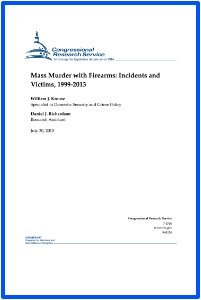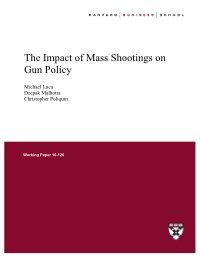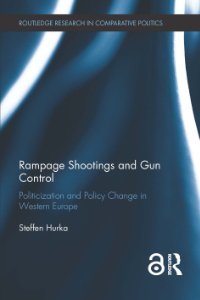By Jay Van Kirk
Mass shootings occur on a regular basis in the United States, and depending on the definitions applied to the shootings an argument can be made that mass shootings of all types occur far more often than what is reported in the media as a “mass shooting.” Unfortunately, school shootings are also part of this analysis of mass shootings, and school shootings in the United States have occurred on a recurring basis since at least 1853. In the modern era, however, school shootings have become more frequent and more deadly as demonstrated by the May 24th, 2022, school shooting in Uvalde, Texas. This heinous crime at Robb Elementary School resulted in the deaths of nineteen children, and two teachers. Although there has been extensive research on mass shooters, mass shootings, and mass shootings in schools, there has not been enough emphasis on the application of homeland javascript:void(0);security principles of target hardening in schools as a risk mitigation factor for mass shootings. In fact, there is much that can be done to keep schools safe through basic target hardening measures, and many of these security updates can be immediately undertaken at the state and local level with relatively minor additional cost to schools and the taxpaying public. This paper references the mass shooting on February 14, 2018, at Marjory Stoneman Douglas High School in Parkland, Florida, and makes policy recommendations toward basic target hardening measures which may be applied as necessary within the public school K-12 environment. The school shooting at Marjory Stoneman Douglas High School was selected due to the fact that it has been recently investigated regarding the facts and circumstances of the incident, and provides ample information for analysis of effective target hardening measures.
Des Moines, IA: Des Moines Area Community College, 2022. 17p.






